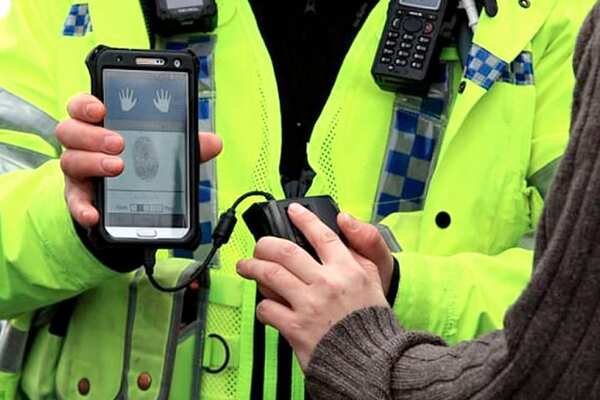Recently, it has become increasingly interesting to observe the development of modern technologies such as personal scanning. About 10 years have passed since the first developments in this area were presented. During this time, impressive new opportunities have appeared. Despite all this, the development of engineering does not stop for a minute.
The Visible Light recognition system has a high functuanality and reliability compared to classic infrared identification terminals and has the ability to self-learning. Facial scanning is one of the modern biometric technologies that has great growth prospects in the future.
Privacy groups are raising concerns about the visual scanning surveillance software British police are using. This software enables ‘faster-than-ever’ information searches and subject monitoring.
Numerous face traits from digital CCTV photographs or police body cameras are analyzed by NeoFace software before being compared to images in the police database.

Processing takes just a few seconds, saving police the time it would take to manually look for matches.
Law enforcement anticipates that NeoFace from NEC will revolutionize the way offenders are located.
Despite the fact that the results cannot be presented as evidence in court, the program greatly aids detectives in coming up with new lines of inquiry.
In addition to the speed, it is noteworthy because it can even locate relatives of the individual being identified.
Although not everyone is as enthusiastic about the new software. Those who advocate for privacy have expressed severe worries about the technology’s efficacy.
Computerized pattern-matching engineering is applied to automatically recognize people’s faces. Despite being in its infancy, it raises important public policy issues because it makes it possible to covertly identify and categorize persons in public.
Britain is already the most monitored nation in the world with more than six million CCTV cameras in use.
In the US, where the Federal Bureau of Investigation’s visual recognition database is anticipated to contain 52 million images, the know-how has received mixed reviews too. Civil liberties advocates have long argued that this engineering poses one of the greatest threats to the privacy of Americans.
Last modified: October 25, 2022
